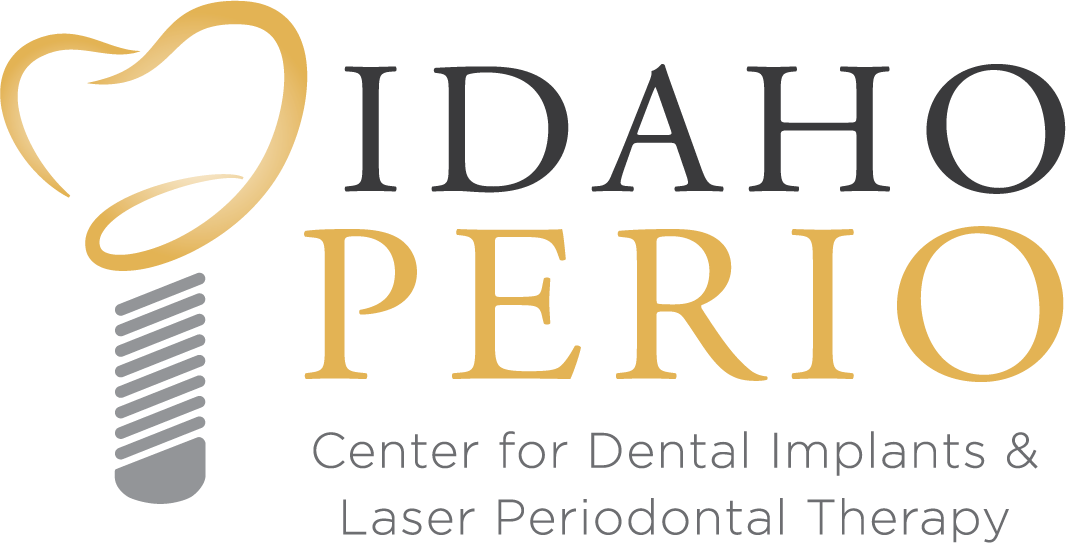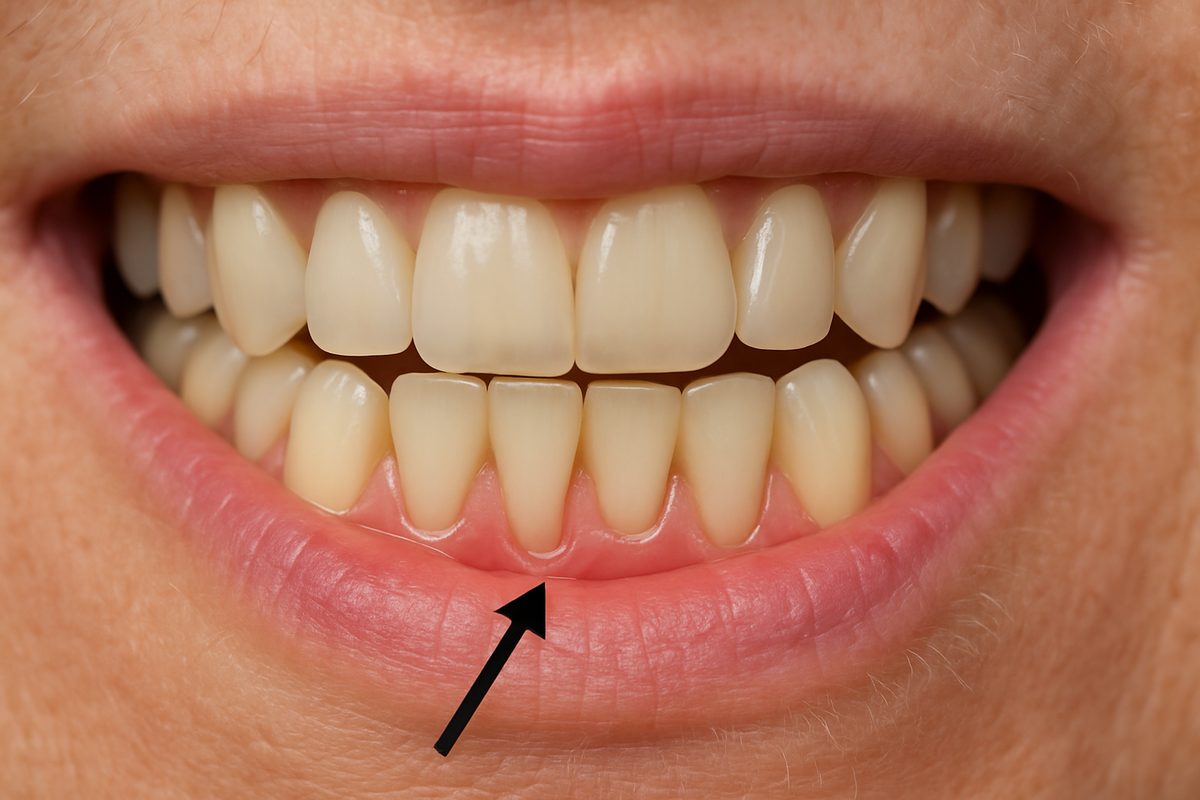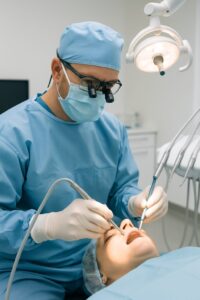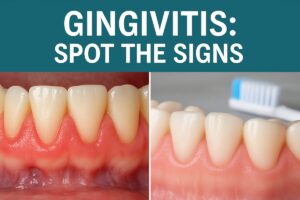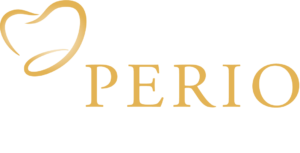Many people search for “recedding” when they worry their gums are pulling back. Gum recession happens when the gum tissue around teeth wears away, exposing more of the tooth or its root. It matters because exposed roots cause sensitivity, decay, and can lead to loose teeth or tooth loss. This post covers causes, early signs, treatment options (non-surgical and surgical), how to prevent more recession, and when to see a specialist.
Common Causes Of Gum Recession
Poor oral hygiene and gum disease
Plaque buildup irritates gums. If plaque turns into tartar, it can cause gingivitis and then periodontitis. Advanced gum disease destroys gum tissue and bone that hold teeth in place, causing recession and gaps between teeth.
Aggressive or incorrect brushing
Brushing too hard or using a stiff toothbrush can wear away gum tissue over time. Scrubbing sideways at the gum line is a common habit that leads to notches and thinning gums.
Tooth position, orthodontic movement, and thin gum biotype
Crowded or crooked teeth can push gums into weak positions. Fast tooth movement from braces or naturally thin gum tissue (thin biotype) makes gums more likely to recede after movement or stress.
Teeth grinding (bruxism) and trauma
Clenching and grinding can place excess force on teeth and gums, pulling gum tissue down. Direct injuries to the mouth—sports hits or accidents—can also damage gums and cause recession.
Dental work and improper restorations
Crowns or fillings that sit too high or irritate tissue can push on gums and cause them to pull away. Poorly shaped restorations trap plaque and lead to localized recession.
Genetics and age
Some people inherit thinner gums or weaker attachment of gums to teeth. Aging also raises the chance of recession even with good care.
How To Spot Gum Recession Early
Visible signs
Look for longer-looking teeth, exposed tooth roots, or small notches near the gum line. Teeth may appear uneven as gums pull back in places.
Symptoms
Common symptoms include sensitivity to hot, cold, or sweet foods, bleeding or tender gums, and discomfort when brushing or flossing around affected teeth.
How a clinician diagnoses it
A dentist or periodontist measures pocket depths with a probe, takes photos for records, and may order 3D CBCT imaging when bone loss or complex planning is suspected.
Non-Surgical Treatments For Receding Gums
Improved home care and professional cleaning
Switch to a soft toothbrush, use gentle strokes, and keep clean around the gum line. Professional scaling and root planing removes bacteria and tartar below the gum line so gums can heal.
Night guards and occlusal adjustments
If grinding is a cause, a night guard protects teeth and reduces pressure on gums. Simple bite adjustments can lower stressful forces that worsen recession.
Laser therapy and minimally invasive options
Lasers like LANAP, Nd:YAG, or diode systems reduce bacteria and can encourage reattachment of gum tissue without large incisions. These options may limit bleeding and speed recovery.
Surgical And Minimally Invasive Options For Root Coverage
Pinhole Surgical Technique® (PST)
PST repositions existing gum tissue through a small entry point to cover exposed roots. It avoids graft harvesting, offers faster recovery, and less post-op discomfort.
Allen Tunnel and other minimally invasive grafting
Tunnel techniques place graft material beneath the gum without large flaps. These methods restore tissue with less pain and quicker healing than traditional grafts.
Traditional gum grafting
Connective tissue grafts or free gingival grafts use tissue from the palate or donor sources. They are a reliable option when predictable root coverage or thicker gum tissue is needed.
When bone grafting or additional procedures are needed
If recession comes with significant bone loss, bone grafting or regenerative procedures may be needed before or alongside soft tissue repair to restore support and stability.
How To Prevent Further Recession
Correct brushing technique and tools
Use a soft-bristled brush, light pressure, and short strokes. Consider an electric brush with a pressure sensor to avoid overbrushing.
Manage gum disease early
Keep regular hygiene visits, stop smoking, and follow recommended mouth rinse or medicated gel routines. Early treatment prevents progression that leads to recession.
Address grinding and tooth alignment
Use night guards for bruxism and discuss bite correction or orthodontics if tooth position contributes to gum loss.
When To See A Specialist
See a periodontist if sensitivity is increasing, roots are visibly exposed, teeth feel loose, pockets are deep, or recession continues despite good home care. Early specialist care can preserve teeth and stop further loss.
Why Choose A Board-Certified Periodontist For Recedding Gums
Board-certified periodontists have extra training in diagnosing complex gum problems and offering surgical and laser options. They follow evidence-based protocols to give predictably better results for gum coverage and long-term gum health.
How Idaho Perio Approaches Recedding Gums
At Idaho Perio, the team uses advanced, minimally invasive tools like LANAP, Pinhole Surgical Technique, Waterlase and Nd:YAG lasers, and CBCT imaging to diagnose and treat recession. They offer Allen Tunnel and traditional grafting when needed, plus an in-house lab for precise restorations. Their focus is on reducing discomfort, speeding healing, and tailoring care to each patient’s needs.
What To Expect At Your Visit And Next Steps
A visit typically starts with a clinical exam and pocket measurements, plus photos and CBCT imaging if needed. The periodontist will explain non-surgical and surgical options, timelines for healing, and discuss cost and financing. You’ll get a personalized plan to stop recession and restore gum health. If you notice receding gums, ongoing sensitivity, or exposed roots, schedule an evaluation to protect your teeth and stop further loss.
